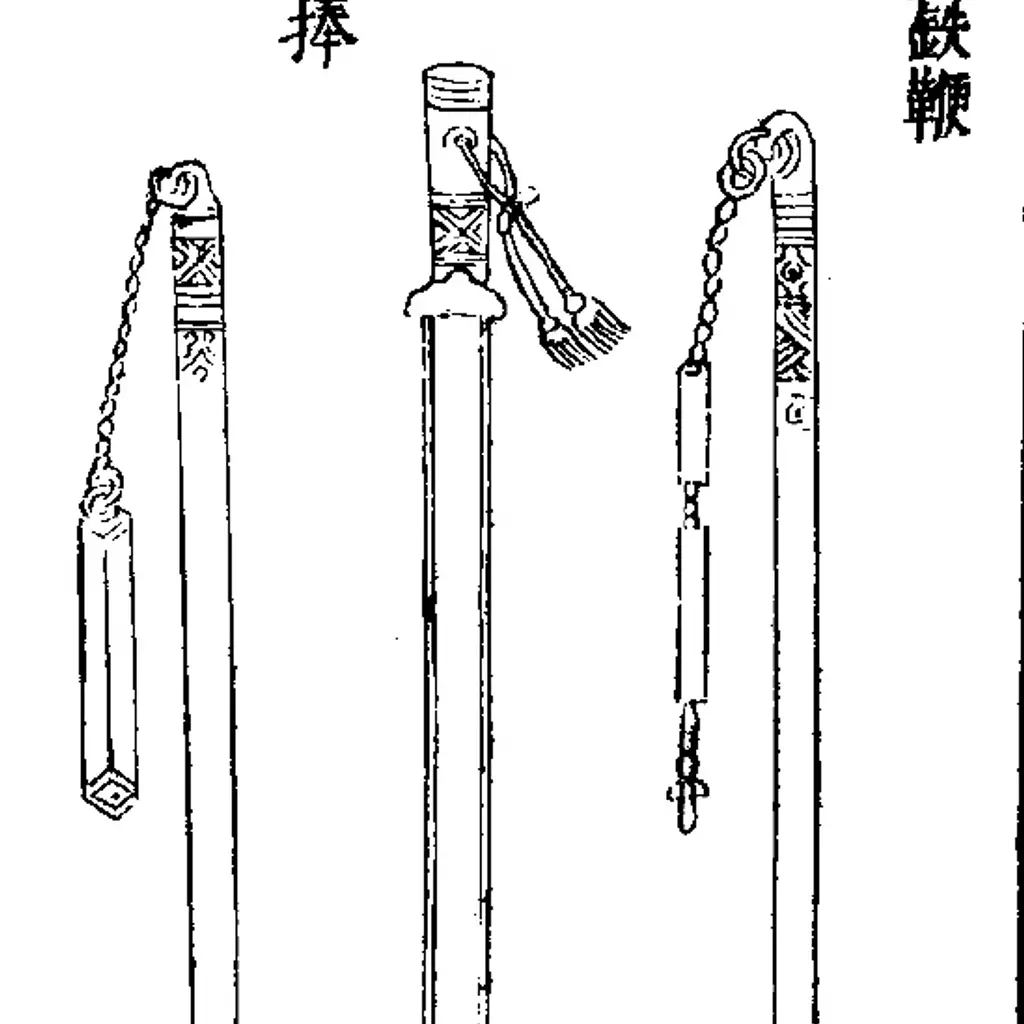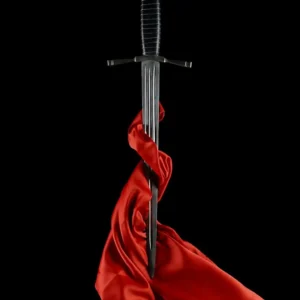The military flail, often romanticized in medieval-themed narratives, raises intriguing questions about its actual historical existence. This weapon, typically depicted as a short handle linked to a chain with a heavy ball, is a common feature in films and literature. However, the reality of the flail’s use in combat is highly contested, with many historians suggesting it may be more a product of fiction than fact.
While the flail is a familiar sight in popular culture, military historians such as Kelly DeVries and Robert Douglas Smith argue that, if it did exist, it was likely not widespread. Philip Warner, in his 1968 publication “Sieges of the Middle Ages,” dismissed existing examples as potentially fabricated. The flail’s design, which involves a swinging chain, poses significant practical challenges, including a high risk of self-injury and difficulties in control, making it an impractical choice for real combat scenarios.
Investigating Historical Claims
Some institutions, including the Metropolitan Museum of Art, house flails in their collections, yet these artifacts are often believed to be more decorative or ceremonial than functional weapons. Dr. Nickolas Dupras, a specialist in medieval weaponry, points out that many of these items resemble whips or torture devices rather than tools of war. The quality of craftsmanship and the materials used further indicate that they were likely not designed for actual combat use.
Artistic representations of flails in medieval manuscripts frequently place them in fantastical or exotic settings. For example, illustrations found in “The Travels of Marco Polo” and Konrad Kyeser’s “Bellifortis” depict these weapons in scenarios that blend reality with imagination, raising doubts about their authenticity as military implements.
Simulacra and the Flail’s Symbolism
The idea of simulacra, as articulated by philosopher Jean Baudrillard, refers to copies that lack original counterparts. The flail may exemplify this concept, as artists and later weapon makers could have created representations based more on creative imagination than on historical fact. This perspective suggests that the flail serves a symbolic purpose, representing the perceived brutality and chaos associated with the Middle Ages.
The Flail’s Cultural Impact
Despite the uncertainty surrounding its historical validity, the flail remains a prominent feature in contemporary portrayals of medieval warfare. It can be seen in films such as “Monty Python and the Quest for the Holy Grail,” “Kingdom of Heaven,” and the “Lord of the Rings” series, where it amplifies the dramatic representation of medieval battles. These portrayals contribute to the enduring image of the Middle Ages as a period marked by violence and unpredictability.
In conclusion, the military flail’s lasting presence in our cultural narrative underscores its role as an emblem rather than a practical weapon. It continues to fascinate audiences because it encapsulates the dark, uncivilized vision of the medieval era that persists in popular culture. Whether it truly existed or not, the flail stands as a potent symbol of the Middle Ages as we envision them.








